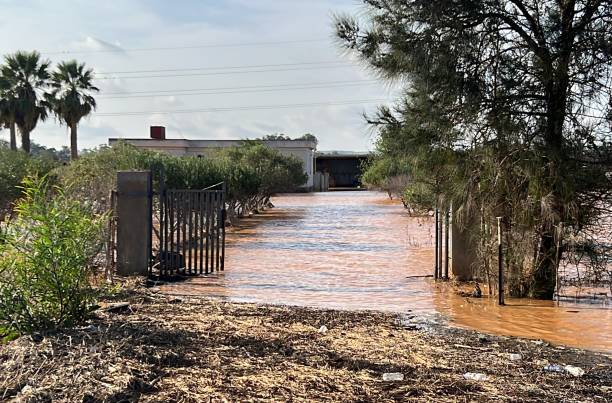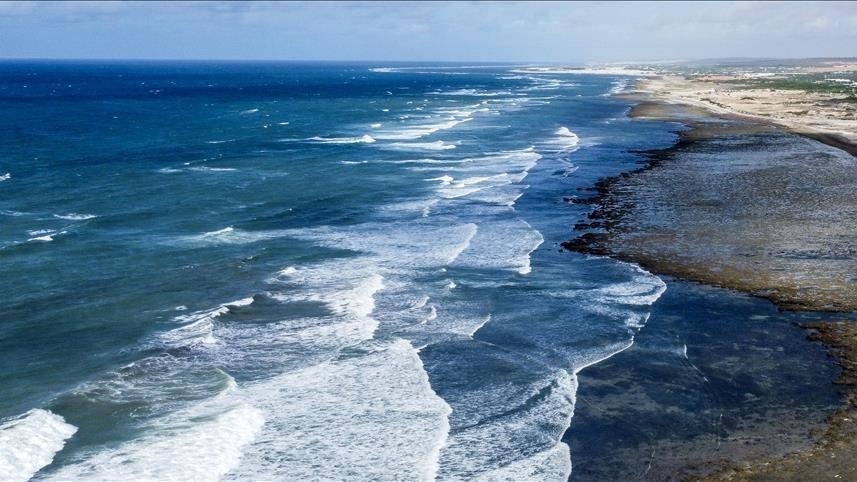Record-breaking sea temperatures in the Mediterranean this summer contributed to the freak storm that caused the tragic sinking of a superyacht off the coast of Sicily.
The 56-meter vessel, Bayesian, capsized in the early hours of Monday, resulting in one confirmed death and six people still missing, including British tech entrepreneur Mike Lynch and his 18-year-old daughter, Hannah.
The incident occurred near Porticello, Palermo, when the yacht was struck by a tornadic waterspout—a rare and intense phenomenon characterized by a whirling column of air and water mist akin to a land tornado.
On Monday, sea temperatures in the Mediterranean ranged between 27.3°C and 30.5°C, three degrees above the average, due to consecutive heatwaves that have gripped the region for two months.
Italian scientists link these record temperatures to increased storm intensity. Luca Mercalli, president of the Italian Meteorological Society, explains that the high sea temperatures have created a significant amount of energy, intensifying storms.

“Thirty years ago, an event like this might have brought winds of 100 km/h,” Mercalli says. “Today, it’s 150 km/h because the warmer sea temperatures mean more energy for storms, leading to explosive weather patterns when cold air arrives.”
Bayesian departed from Milazzo on August 14 and had been steering the Aeolian Islands before mooring off Porticello.
The waterspout struck the yacht with devastating force, although a nearby boat escaped unharmed. Mercalli notes that such extreme conditions make it difficult to react even with preparation.
Roberto Danavaro, a marine biologist at the University of Ancona, asserts a direct link between this summer’s unusual sea temperatures and the recent storm. He highlights an increase in tornadoes and Mediterranean hurricanes over the past decade, with more expected in the coming months due to the persistent heat.
Meteorologist Paolo Sottocorona describes the waterspout as “the extreme of the extreme,” attributing its intensity to unprecedented Mediterranean temperatures. The summer’s high sea temperatures have also led to the proliferation of marine mucilage in the Adriatic, impacting local fisheries.
Italy, known as a climate risk hotspot, has faced a surge in extreme weather events, including floods, landslides, and heatwaves. In 2023 alone, the country recorded 378 extreme climate events, a 22% increase from the previous year. As climate change continues to escalate, such intense and frequent weather phenomena are expected to become more common.

